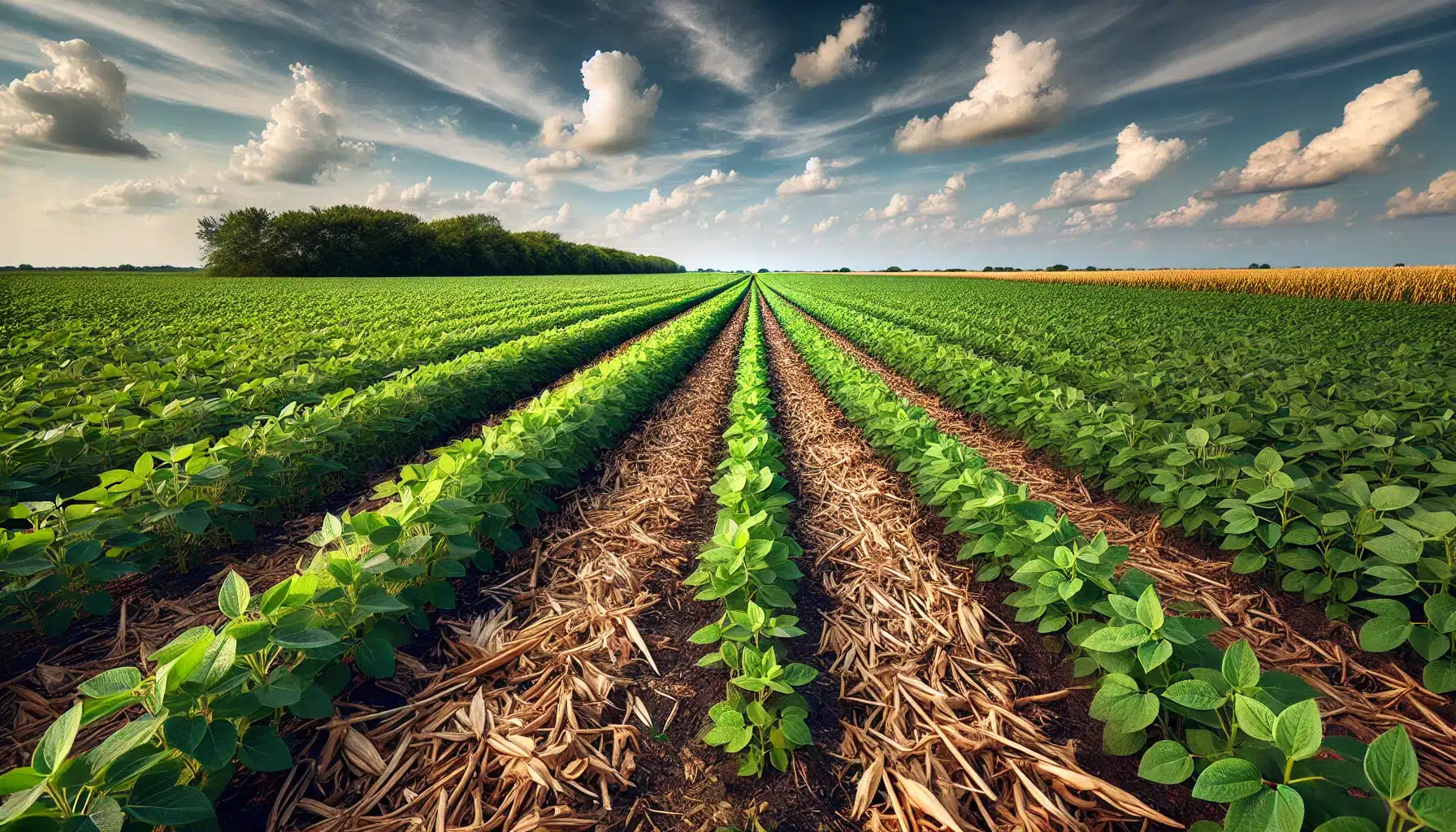The seed industry’s role in advancing and adopting no-till farming has been pivotal.
For decades, farmers across the country have discussed, dabbled and dedicated whole fields to no-till or reduced tillage practices and they have faced many challenges along the way. Seed companies have played a pivotal role in overcoming many of these challenges by breeding for rapid emergence, disease resistance, herbicide tolerance and the ability to adapt to cool soils. Additionally, developing crops for different growing regions where they previously would not be productive has given farmers a large portfolio of seeds to choose from that will thrive in no-till situations and allow for solid crop rotations which can naturally reduce weed, disease and insect pressures.
By continually improving seed quality and collaborating with researchers and farmers, the seed industry is instrumental in making no-till a viable and sustainable option for modern agriculture, contributing significantly to soil health, water management, and climate-smart farming practices.
Overcoming Early Obstacles
No-till practices got started in the late 1960s and 1970s. Land-grant universities led the way. The University of Kentucky’s Harry Young was the first to use no-till methods on commercial farmland. In the late 1960s, Kentucky led all states in no-till acres. Since then, more researchers like South Dakota’s Dwayne Beck with the Dakota Lakes Research Farm and Emerson Dale Nafzinger with the University of Illinois Urbana-Champaign are using no-till as a potential solution for many issues.
In central South Dakota, “they were having huge problems with runoff under their irrigation machines,” Beck says. “We got started there, trying to figure out how to stop runoff under irrigators.”
At first, the grain farmers turned to tillage, believing it would open the soil and allow water to infiltrate. Which it does, for a short time, for just a few minutes. When cultivating and tillage didn’t work, they started exploring no-till.
However, there were significant challenges at that time.
“I’ve watched the whole tillage picture change,” Nazinger explains. “Back in the sixties, when a brave neighbor or two started doing no-till, it was really a tough road, their field generally looked pretty terrible.”










